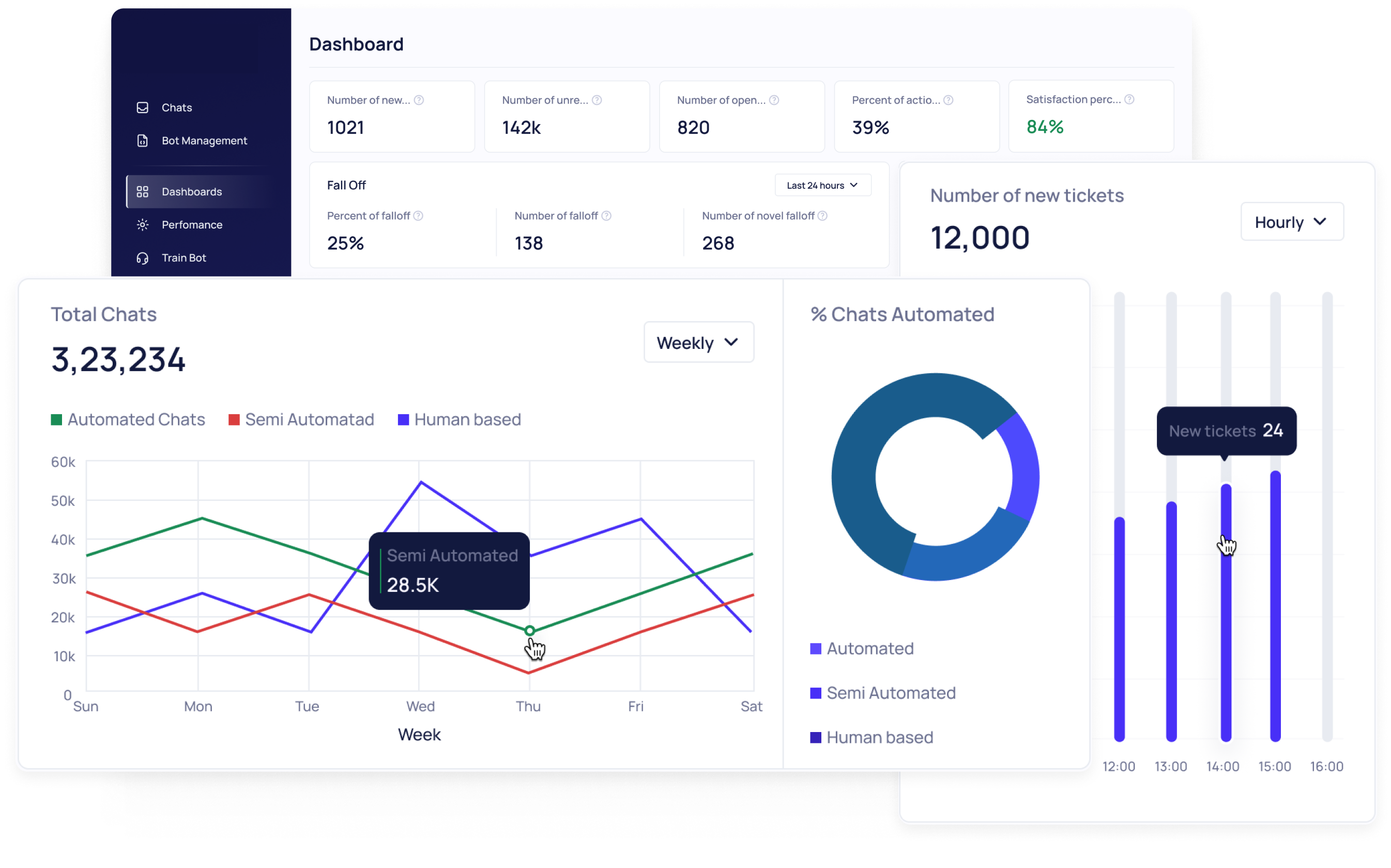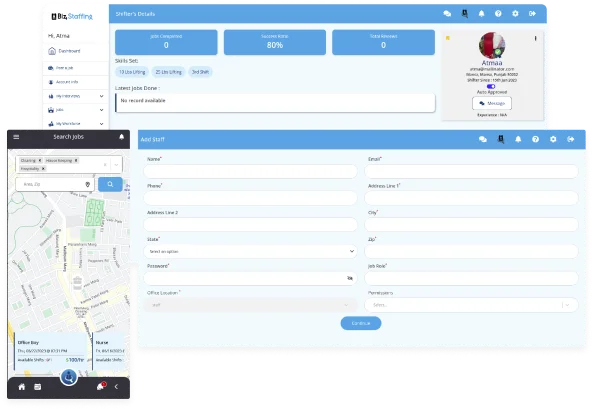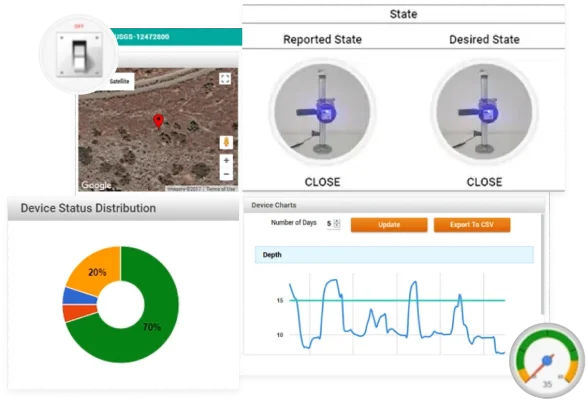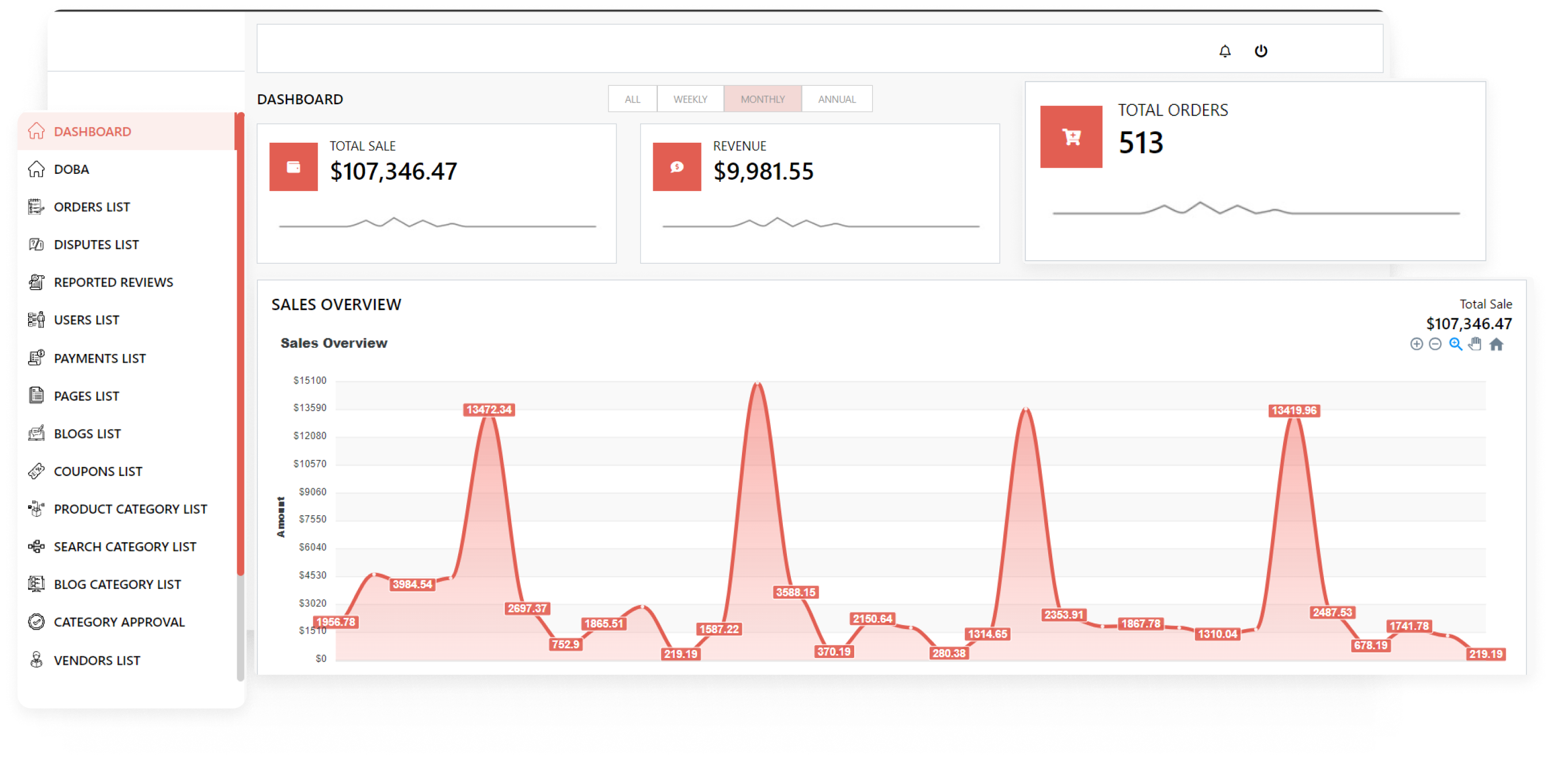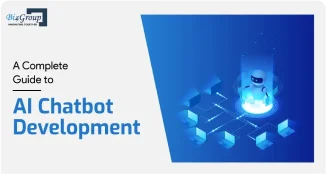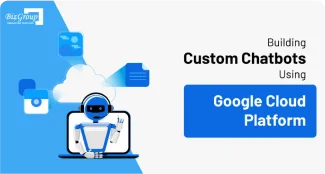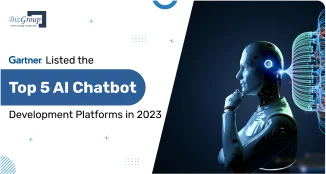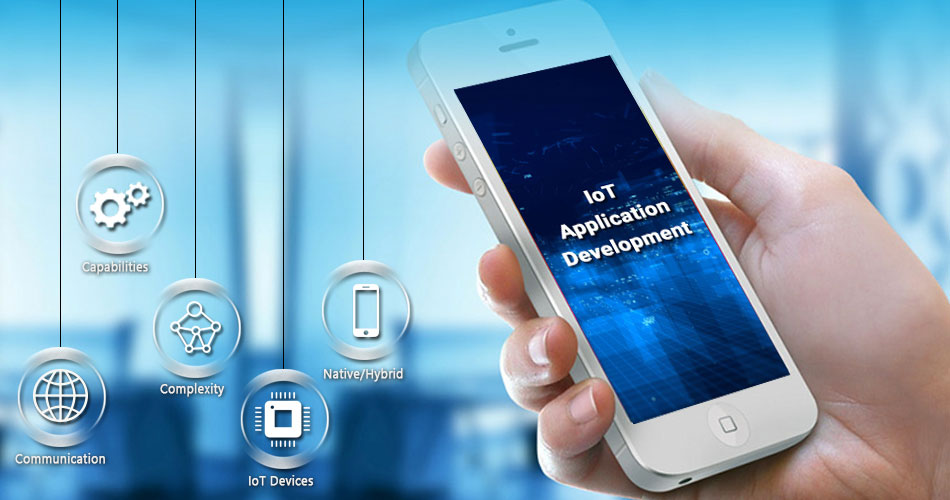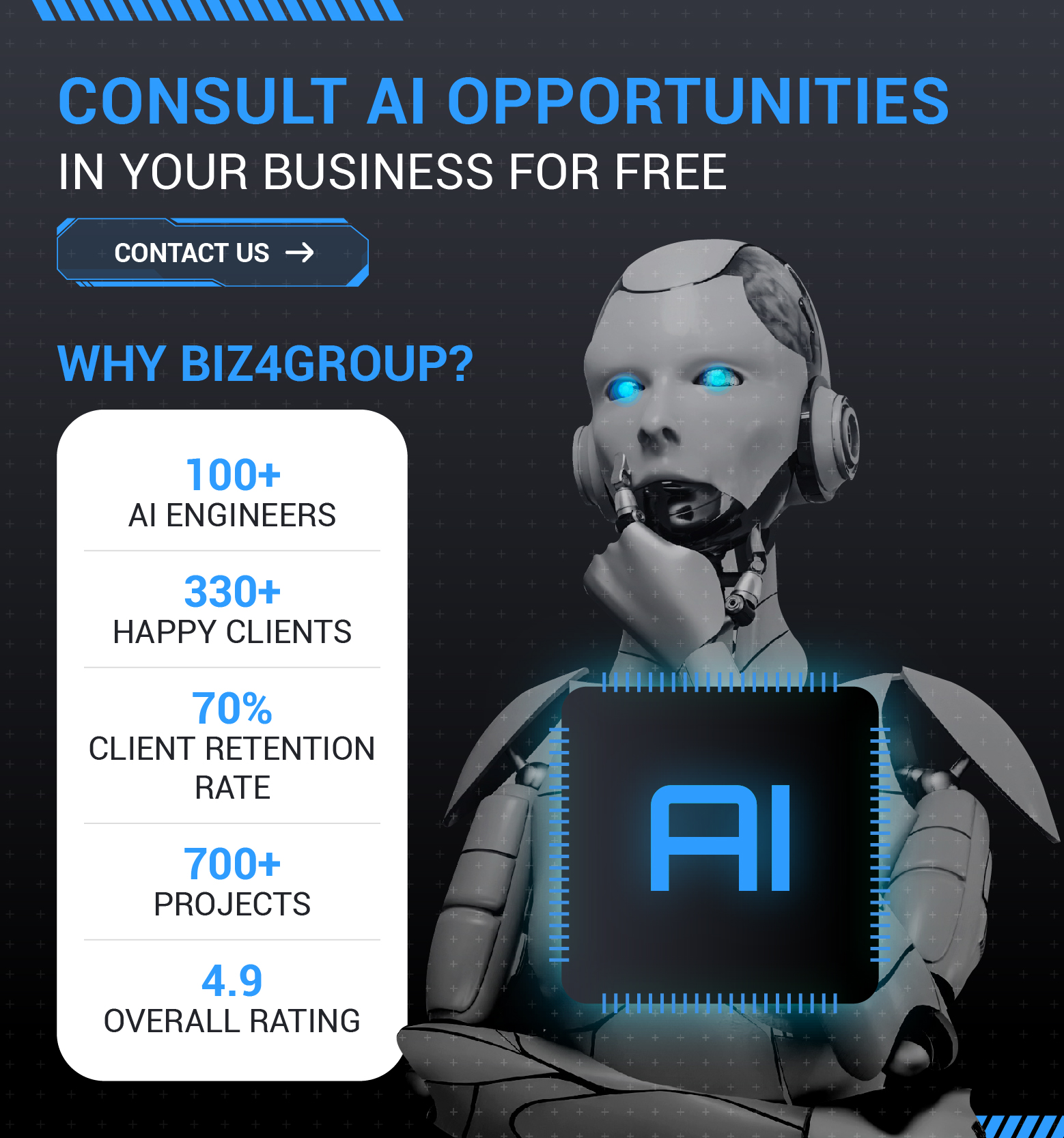5 Steps to a Cognitive IoT Application
IoT refers to the Internet of Things where a network of objects or devices with embedded technologies communicate with each other. The connectivity between different physical devices can be anywhere whether it is in your home, office or anything else. These devices also include smart gadgets and are accessed and controlled from a remote location. As IoT has come in trend these days and the smart devices need to be get controlled, there was a subsequent demand for the IoT applications to control the devices.
IoT has already embarked its footprints in the market and the brand-new movement of application development, specifically IoT Applications have boomed in the application development market. IoT Applications combine several components –connected devices, sensors, networking, and cloud, to make the lives easier.
Many of the application developers are building IoT applications. But the bitter truth is, building an effective IoT application is not everyone’s cup of tea. It takes a lot of intelligent efforts to develop an integrable IoT application. Let’s see how an IoT application is built –
- MAPPING OF COMMUNICATION:
An IoT network comprises of different types of equipment and devices, and a detailed map of communication flow is required among them during the application development phase. The map of communication should include information such as:- The types of devices/equipment in your IoT network.
- The quantity of each type of device/equipment that is being used in the network.
- If one machine is communicating with another one, then which machine is it?
- The one-way or two-way communication function. Like which machine is only sending, only receiving or sending and receiving data to another machine?
Although collecting this information is pretty time-consuming but, if you collect this information in hand, it becomes easy for the developer to build an IoT application which can easily manage the IoT Eco-system.
- CAPABILITIES REQUIRED:
The purpose of the IoT application should be crystal clear before the developer starts doing its job on the application. For an application which is to be designed to control or manage one specific device, identifying the necessary capabilities usually are more straightforward. But, IoT applications are mostly required to manage multiple IoT devices and that’s what makes it more important to clarify the purpose and functionality of the IoT application before the developer starts building it.
To determine the capabilities of an application, the following are some considerations:- What data is to be collected?
- What actions are to be controlled via the application?
- Which processes will be automated and which will be manual?
- Which particular devices must communicate with one another?
- What processes are to be initiated via the application?
- COMPLEXITY OF AN APPLICATION:
The complexity of an application increases exponentially as you add more and more devices to your IoT network. The volume of devices has a great impact on the complexity of the application but it depends more on how many different devices will be controlled via the application.
So, whenever an IoT mobile application is developed, a portal is integrated which allows the mobile device to communicate directly with the IoT device. Communication with different devices differ and a situation comes where the mobile application must communicate with multiple devices which are simultaneously communicating with one other. Hence, more the complex application becomes more planning and beta testing is required which increases the cost of IoT application development. - LATEST IoT DEVICES ARE BETTER:
Whenever an IoT Application is built, it is taken prior to mind that one should have the latest hardware and equipment to integrate the IoT Application. As the up-to-date devices and equipment tend to have more developer friendly operating systems and software, it makes the application development process smoother and faster. Building an IoT enterprise Application to work with older equipment and software is generally avoided as regular updates are required. - NATIVE OR HYBRID
It is to be decided very early stage of an IoT application development that will the IoT application be native or hybrid. A native application will work only on iOS or only on Android whereas hybrid application will work on both. The existing IoT infrastructure, precise objectives, and preferences decide whether an application should be native or hybrid. As many IoT devices have built-in software and sometimes the inbuilt software is compatible with only iOS or only android and in other cases, there might be limited capabilities on one of the two device types. Therefore, compatibility should be confirmed across all the IoT devices, mobile devices and the application that is to be built.
Now we know that building an IoT Application is not an easy task. In fact, the IoT Applications are quite complex as it requires a high degree of compatibility across all devices and equipment. Therefore, it is suggested to work with an experienced team of IoT application developers like Biz4Group, who has years of experience in mobile application development and rated among top 10 IoT solution providers by Clutch.
 info@biz4group.com
info@biz4group.com 

















